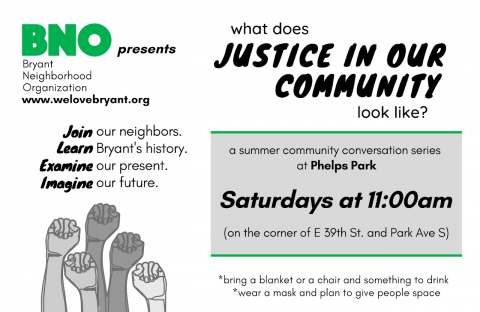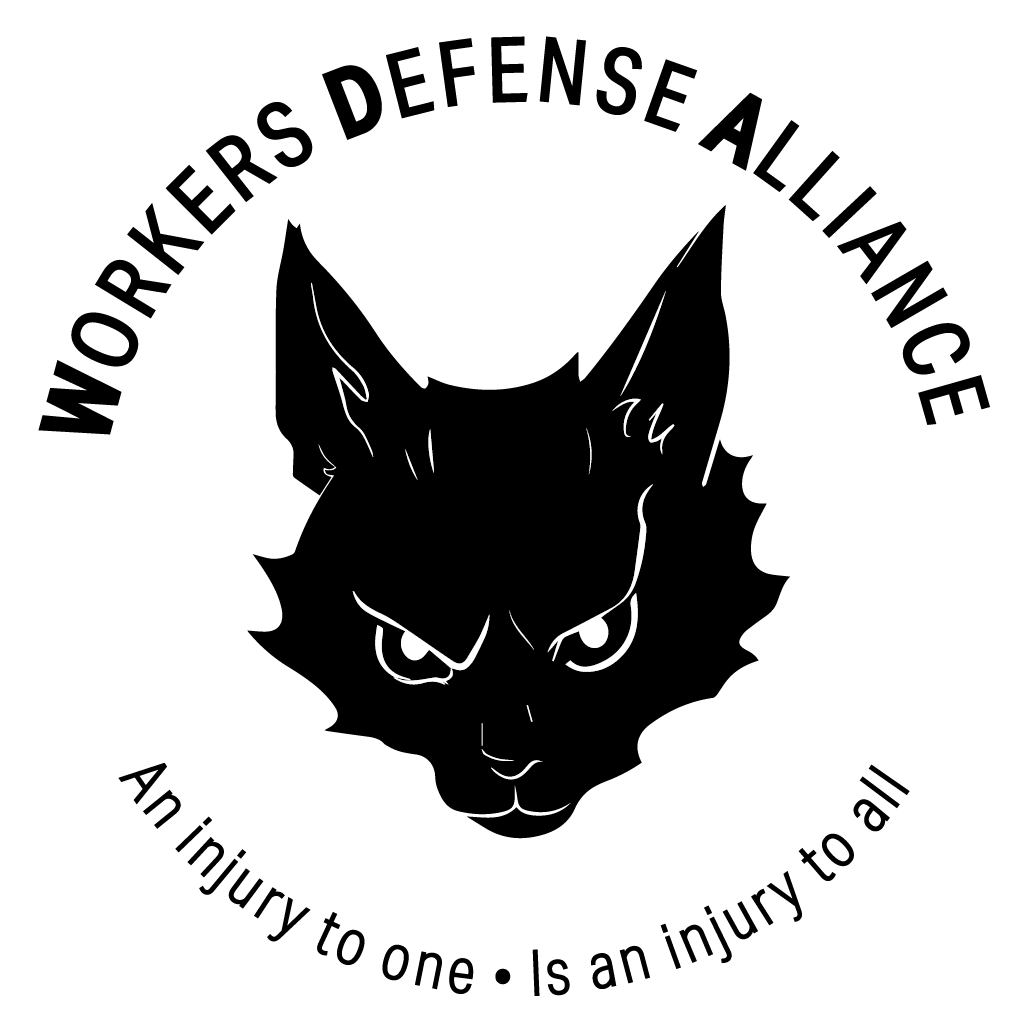
In the wake of the George Floyd Uprising, many neighborhoods began to organize themselves. Mass meetings were held in parks across the city. In most places the main concern was community safety - and in many neighborhoods this was reduced to typical and reactionary concern for the property of homeowners. But in several neighborhoods, there was serious conversations about fighting racism, not relying on the cops, and allying with the protest movement.
In the Bryant Neighborhood in south Minneapolis, Community assemblies have met every Saturday since the Uprising. Bryant is a majority working-class people of color neighborhood, home to a historic Black community with a strong legacy of families, churches, fraternal organizations, small businesses, and other institutions. Bryant is one of the four neighborhoods that meet at the intersection of 38th & Chicago, where George Floyd was murdered.
The Assemblies have drawn between 50-100 neighbors each week to Phelps park, where participants stretch out on blankets or sit in lawn chairs to keep a responsible social distance amid the COVID-19 epidemic. Each assembly has included a panel of speakers followed by small group discussions. The Assemblies’ “conversations are rooted in justice and the abolition of white supremacy and racial capitalism”, according to the Bryant Neighborhood Organization (BNO).
The Assembly topics have ranged from a history of the neighborhood’s Black Community; the violence of gentrification; the future of 38th St.; Reimagining Safety without the police; and the non-profit industrial complex.
While the Assemblies were energized by the Minneapolis Uprising, the seeds for this organizing lay with a core of community activists who have been active in Bryant for several years. These organizers, working through the BNO had strong Black Liberationist and anti-racist commitments and challenged the typical white/property-owner focus of most official neighborhood groups. BNO organized community safety meetings without the police, challenged the new Friendship Co-op Grocery to make concrete pledges to the community, and envisions a Black economic & cultural corridor along E. 38th street.
The Future of 38th & Chicago remains up in the air - will it be a memorial to George Floyd that empowers the Black Community and broader multi-racial working-class of the area? Or will it be just a unique historical marker swamped by gentrification? The Bryant Neighborhood Assemblies may have something to say about this.
What if similar assemblies were being organized in neighborhoods across the city? What kind of power could a dozen strong assemblies leverage against the police, politicians and corporations?
And when can we start thinking about democratic assemblies in the communities and workplaces replacing the system all-together? Bringing real power back into the hands of working-class people?
